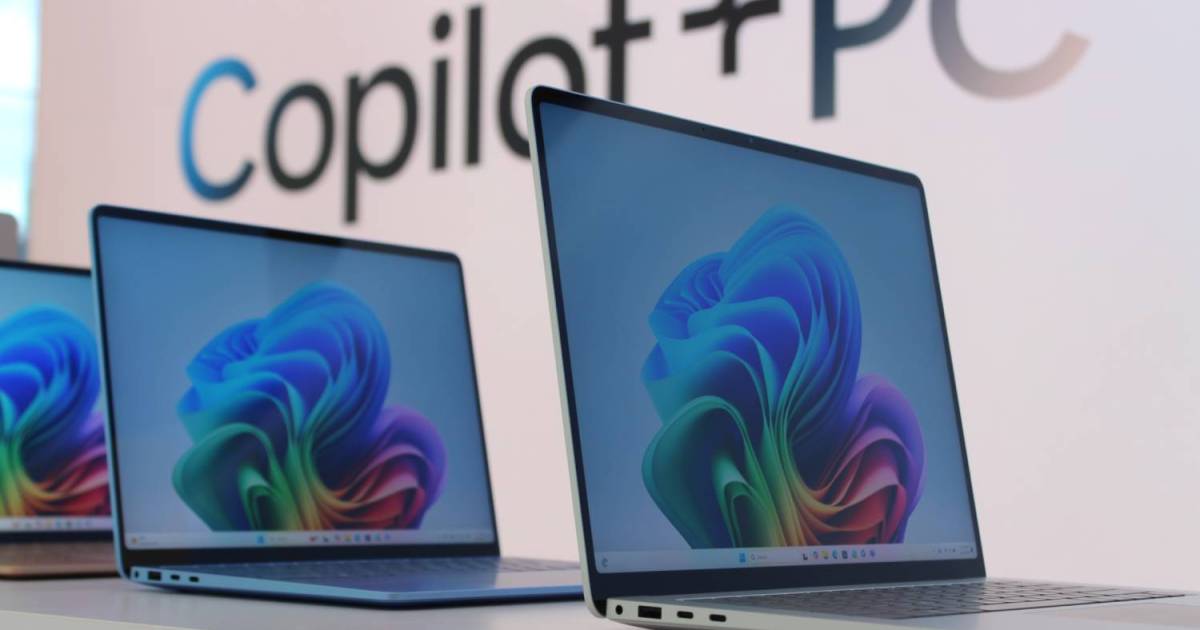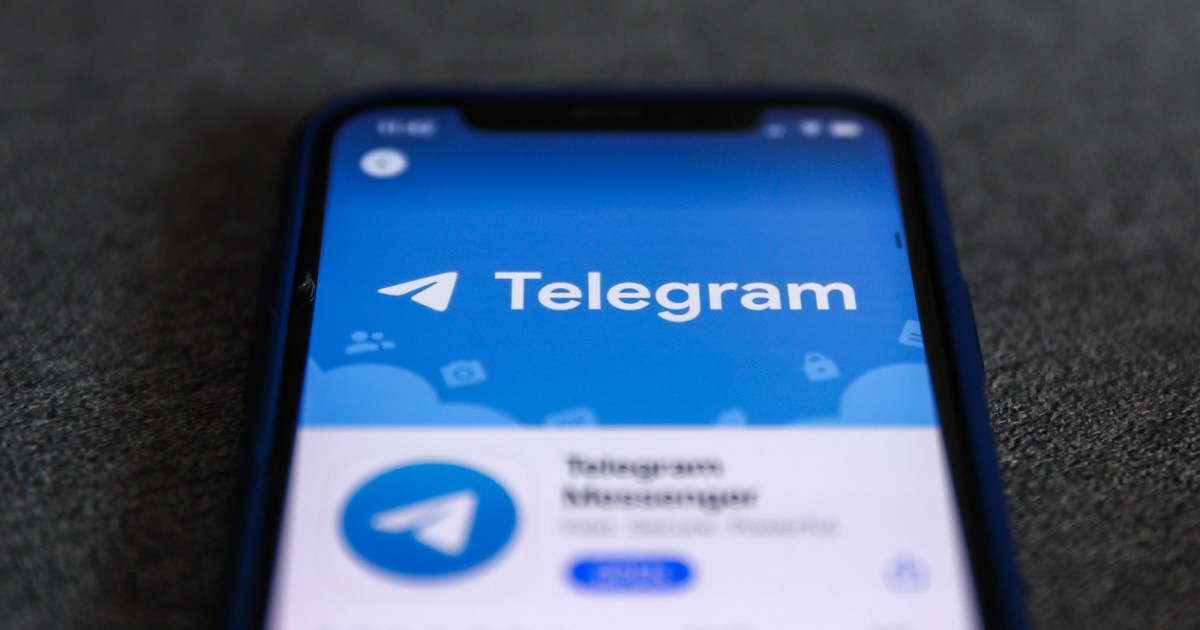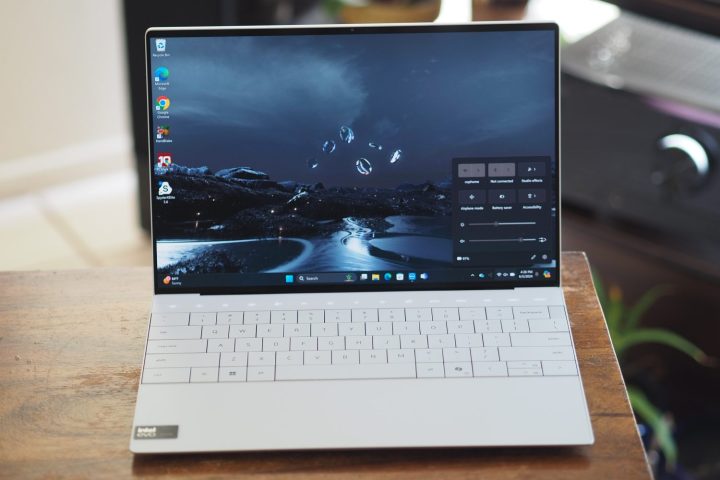 Dell XPS 13 2024 front view showing display and keyboard.Tandem OLED technology, first showcased in the M4 iPad Pro, promised to revolutionize displays by addressing inherent OLED limitations. Its arrival on Windows laptops, starting with the Dell XPS 13 Copilot+, generated excitement. However, the implementation of this technology has taken divergent paths, creating some confusion about its benefits and potential.
Dell XPS 13 2024 front view showing display and keyboard.Tandem OLED technology, first showcased in the M4 iPad Pro, promised to revolutionize displays by addressing inherent OLED limitations. Its arrival on Windows laptops, starting with the Dell XPS 13 Copilot+, generated excitement. However, the implementation of this technology has taken divergent paths, creating some confusion about its benefits and potential.
Understanding Tandem OLED Technology
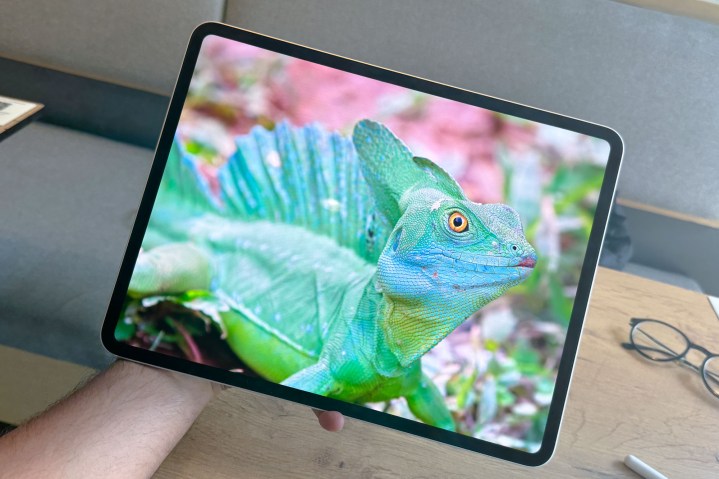 Watching video on M4 iPad Pro.Tandem OLED involves stacking two OLED panels. To understand its advantages, it’s crucial to grasp OLED basics. OLED (Organic Light Emitting Diode) pixels generate their own light and color, unlike traditional LCDs that rely on backlights. This allows for perfect blacks, vibrant whites, and precise color reproduction. However, OLEDs have faced challenges with brightness and power consumption, especially when displaying bright content. This is where tandem OLED comes in, aiming to improve either brightness or efficiency, or both.
Watching video on M4 iPad Pro.Tandem OLED involves stacking two OLED panels. To understand its advantages, it’s crucial to grasp OLED basics. OLED (Organic Light Emitting Diode) pixels generate their own light and color, unlike traditional LCDs that rely on backlights. This allows for perfect blacks, vibrant whites, and precise color reproduction. However, OLEDs have faced challenges with brightness and power consumption, especially when displaying bright content. This is where tandem OLED comes in, aiming to improve either brightness or efficiency, or both.
Apple’s implementation in the iPad Pro prioritizes brightness, crucial for high dynamic range (HDR) content. Their “Ultra Retina XDR” display boasts 1,000 nits in standard dynamic range (SDR) and an impressive 1,600 nits in HDR. While the new iPad Pro is thinner than its mini-LED predecessor, battery life estimates remain similar, suggesting a potential efficiency improvement alongside the brightness boost.
Dell’s Focus on Efficiency
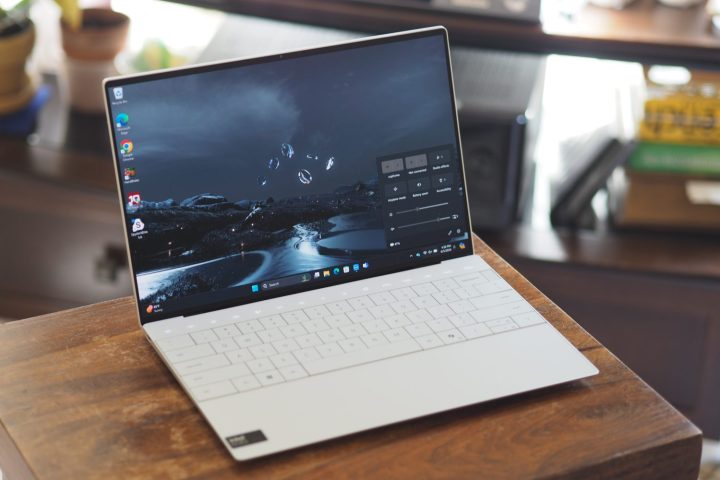 Dell XPS 13 2024 front view showing display and keyboard.Dell’s XPS 13 Copilot+ also features a tandem OLED option, raising questions about its implementation. Surprisingly, this display is also used in the Intel Meteor Lake XPS 13, which didn’t exhibit the extreme brightness seen in the iPad Pro, nor was tandem OLED mentioned in its initial marketing.
Dell XPS 13 2024 front view showing display and keyboard.Dell’s XPS 13 Copilot+ also features a tandem OLED option, raising questions about its implementation. Surprisingly, this display is also used in the Intel Meteor Lake XPS 13, which didn’t exhibit the extreme brightness seen in the iPad Pro, nor was tandem OLED mentioned in its initial marketing.
Dell clarifies that their tandem OLED design, co-developed with a display partner, focuses on efficiency. They claim higher brightness and lifespan with the same power input due to stacked emissive layers. This increased luminous efficiency translates to more light output with the same power compared to single-stack OLEDs. This focus on power conservation is particularly relevant for laptops. Dell claims a 10% battery life improvement and a thinner, lighter design with the new tandem OLED.
While the XPS 13’s tandem OLED achieved 482 nits, exceeding typical OLED brightness, it’s significantly lower than the iPad Pro’s. The claimed 10% battery life improvement needs further verification, as real-world tests haven’t conclusively demonstrated such a gain.
Comparing the Two Approaches
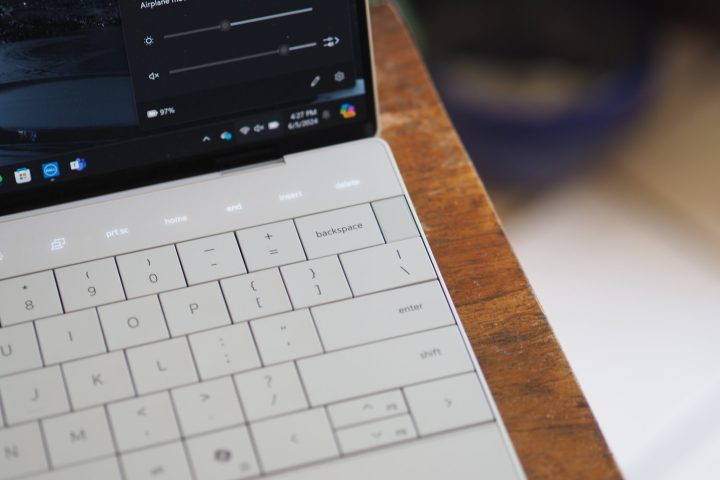 Dell XPS 13 2024 top down view showing LED function keys.Apple’s brightness-focused tandem OLED implementation appears more impressive on paper, delivering stunning HDR performance. However, its impact on battery life remains unclear. Dell’s efficiency-centric approach offers practical benefits for laptop users, though the actual improvements remain to be thoroughly validated.
Dell XPS 13 2024 top down view showing LED function keys.Apple’s brightness-focused tandem OLED implementation appears more impressive on paper, delivering stunning HDR performance. However, its impact on battery life remains unclear. Dell’s efficiency-centric approach offers practical benefits for laptop users, though the actual improvements remain to be thoroughly validated.
Ultimately, both approaches highlight the potential of tandem OLED technology. It will be exciting to see further development and adoption across Windows laptops and even MacBooks, potentially enhancing brightness in power-hungry gaming laptops where battery life is less critical. The future of displays might just be a little brighter, and more efficient, thanks to tandem OLED.








